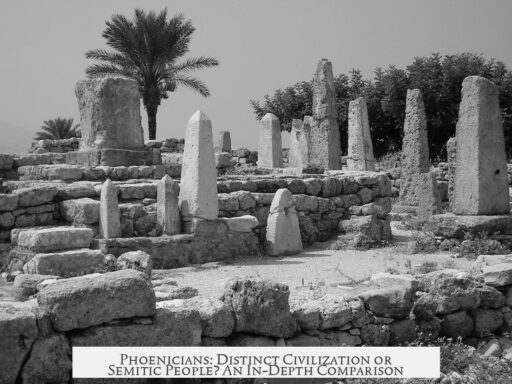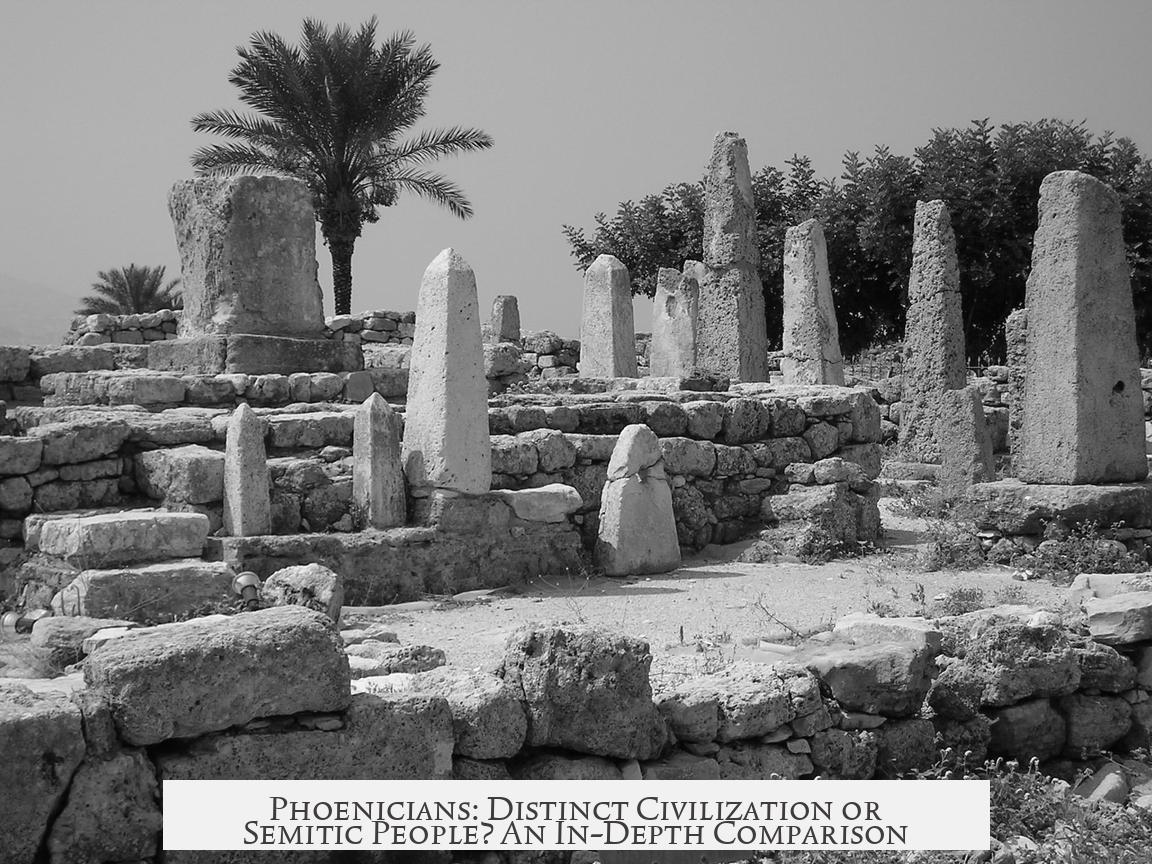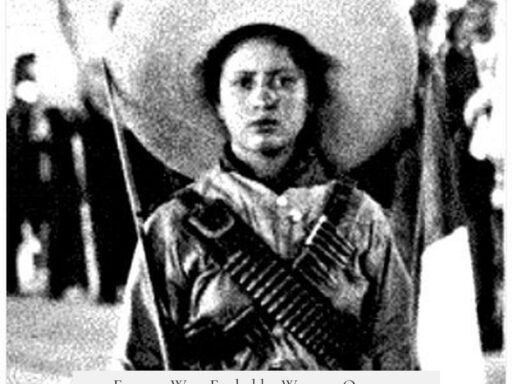The Phoenicians were essentially a continuation of the Canaanite people and are best understood as a Semitic group rather than a wholly distinct civilization compared to their neighbors. They emerged after the Egyptian withdrawal around the end of the Bronze Age and the Bronze Age collapse, maintaining strong cultural and ethnic ties to the earlier Canaanite populations.
Archaeological evidence supports this continuity. Unlike neighboring regions such as Anatolia or Northern Levant, which experienced destruction layers and cultural breaks, many cities in the Phoenician homeland show no such rupture at the close of the Bronze Age. The material culture, especially pottery styles found in these areas, closely mirrors that of earlier Canaanite designs. This suggests a persistence of traditions rather than the rise of a new, separate civilization.
The Phoenicians, like the Canaanites before them, represented a multi-ethnic composition. The region of Canaan and the Levant historically attracted various groups, making the population diverse and interconnected. The contested nature of this region during the Late Bronze Age contributed to this demographic mixture.
The designation “Phoenician” can be seen more as a temporal and nomenclatural distinction than an ethnic or cultural one. They maintained similar religious practices, ethnic roots, and material culture as their Canaanite predecessors. The major difference is their existence in the Iron Age rather than the Late Bronze Age, which accounts for shifts in political and economic dynamics but not a wholesale change in cultural identity.
- Phoenicians directly descend from the Canaanite people of the Bronze Age.
- Archaeology shows no major cultural breaks between Canaanite and Phoenician periods.
- They formed a multi-ethnic group typical of the Levant region’s diverse population.
- “Phoenician” reflects timeframe and name changes rather than distinct ethnicity or culture.
Were the Phoenicians a Distinct Civilization or Semitic People Compared to Their Neighbors?

Short answer: The Phoenicians are not a distinct civilization separate from their Semitic neighbors but a direct continuation of the Canaanite people, carrying on their culture, ethnicity, and traditions through time under a different name.
Now, let’s unpack that a bit. The Phoenicians often bring to mind images of master sailors, traders, and city-builders from ancient times. But many wonder, “Were they truly their own unique civilization, or just an extension of the people around them?” The answer lies deeper than surface appearances. It’s like looking at a family reunion—you see many different faces, but it’s all part of the same family tree.
Continuity with the Canaanite Heritage
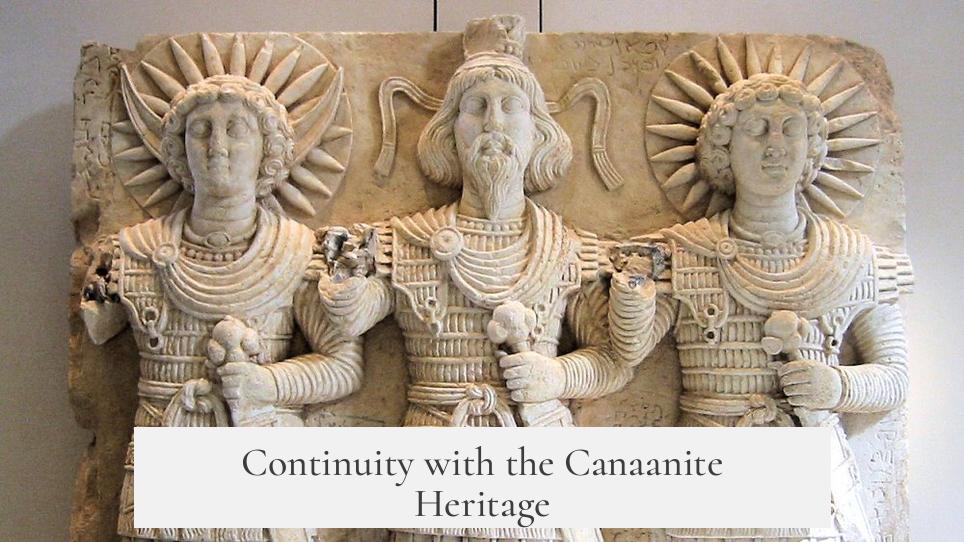
The Phoenicians are most accurately described as the descendants and direct continuation of the Canaanites. The Canaan people lived in the Levant region, nestled between modern-day Lebanon, Israel, and Syria. When the Egyptians withdrew from this region near the close of the Bronze Age—an era marked by profound collapse and upheaval in many ancient cultures—the Canaanite legacy didn’t end. Instead, it morphed into what we now recognize as the Phoenician civilization.
Here’s the kicker: archeological digs reveal that the end of the Bronze Age, which meant destruction for many nearby regions like Anatolia—home of the Hittites—and northern Levant or Greece, showed no such ‘destruction layer’ in former Canaanite cities. This absence means life and culture quietly carried on through harder times by the same people who simply rebranded as “Phoenicians.” The pottery shards found are nearly carbon copies of the previous era’s designs.
Multi-Ethnic Mixture in a Contested Land
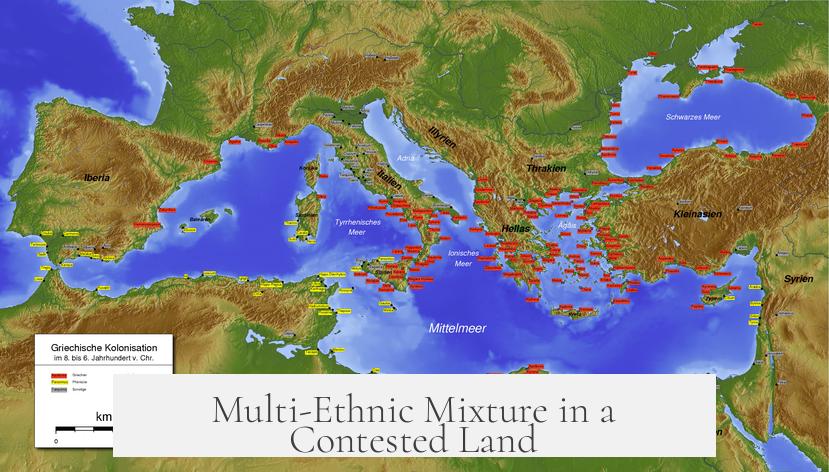
But hold on—if the Phoenicians are just Canaanites, why the change in name? This relates partly to timing, as well as regional pressures. The Levant during the Late Bronze Age was a hotbed of competing powers, cultures, and peoples—like an ancient melting pot. The Phoenicians, like the Canaanites before them, were multi-ethnic, comprising groups from varied backgrounds due to constant flux and contest over the land.
This blending added complexity to their identity. We can imagine a bustling port city with traders, sailors, and craftsmen from diverse ethnic roots rubbing shoulders and sharing stories. So, yes, while the core racial and cultural identity was Semitic and Canaanite, the Phoenicians embraced a bit of everyone else they met. If you’re curious about their language or religion, you won’t find radical shifts—they stayed true to their Semitic roots.
The Name “Phoenician”: A Temporal Label More Than a Transformation
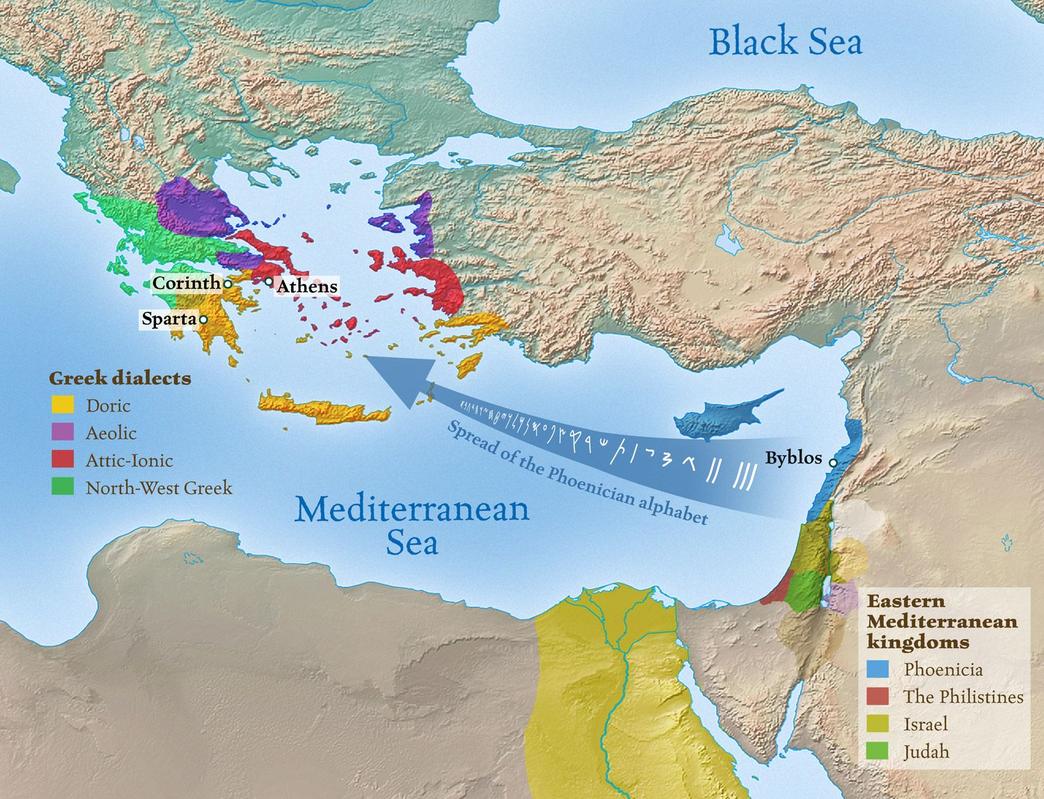
Think of it like changing your hairstyle or upgrading your phone; the name changed, but the essence remained. The “Phoenician” label is more about the time period—Iron Age 1—rather than signaling a completely new civilization. They lived through a time of post-Bronze Age recovery and carried their traditions forward. Ethnically, religiously, and culturally, they stayed remarkably consistent with the Canaanites.
So, when historians and archaeologists say “Phoenician,” they are linguistically agreeing to a new period name. But if you dig deeper, the parallels to their Canaanite ancestors are unmistakable.
What Sets the Phoenicians Apart, Then?
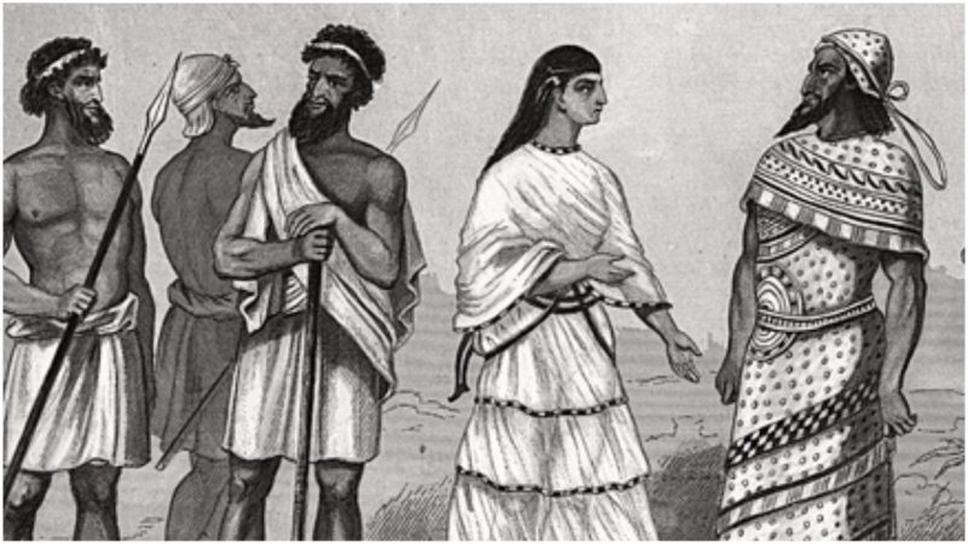
You might be asking: “Okay, so they’re Canaanites post-Bronze Age, but didn’t they innovate in trade or navigation?” Absolutely. What distinguishes the Phoenicians is their prowess in maritime trade, shipbuilding, and widespread colonization. They became known as “the purple people,” famous for their prized Tyrian purple dye, a luxury product that symbolized wealth and status.
They didn’t just sit around being ordinary. Instead, they spread their culture across the Mediterranean, establishing colonies like Carthage, which later grew into powerful city-states. Their alphabet influenced the Greek and Latin scripts. Yet, these innovations happened *within* the continuity of their Canaanite framework, not by starting a completely new civilization.
Why Does This Matter?
Understanding the Phoenicians as a continuation of the Canaanite people rather than a distinct, isolated group reshapes how we view ancient interactions. It highlights the resilience of culture through turmoil and the evolution of identity under external pressures. It’s a story of adaptation—not replacement.
Next time you hear about the Phoenicians, remember they are not a mysterious “other.” They’re the same ancient Semitic people evolving in a changing world—like your grandparents’ recipes modified by your mom, and later perfected by you.
In Summary
- The Phoenicians are directly descended from the Canaanite people after Egypt’s withdrawal and the Bronze Age collapse.
- They represent a complex multi-ethnic society shaped by the contested Levant region’s pressures.
- Archaeological evidence shows continuous culture with no violent break or destruction as seen elsewhere.
- “Phoenician” is a name marking a new period, not a distinct cultural or ethnic identity.
- Their legacy lies in maritime achievements and spreading their Semitic culture far beyond their homeland.
Curious to learn how their alphabet changed the world? Or how their trading routes mapped the Mediterranean? Those adventures continue in another story—but it all begins with the fact: the Phoenicians are, quite simply, the next chapter in Canaan’s enduring saga.
Were the Phoenicians a separate civilization from their neighbors?
The Phoenicians were not sharply distinct. They continued the Canaanite culture with few breaks. Their material culture and religion closely matched their predecessors.
Did the Phoenicians have a unique ethnic identity?
They were multi-ethnic, reflecting the diverse groups in the Levant during the Late Bronze Age. This mix shaped their identity but did not make them fully separate from other Canaanite peoples.
What archaeological evidence links Phoenicians to Canaanites?
Excavations show no major destruction at Canaanite cities’ end of the Bronze Age. Their pottery and artifacts closely copy Canaanite styles, indicating cultural continuity.
Is “Phoenician” more than just a new name for Canaanites?
The term mainly marks time change from Late Bronze Age to Iron Age. Ethnically and culturally, Phoenicians remained Canaanite, keeping similar customs and beliefs.
How did the regional context affect Phoenician identity?
The contested Levant area led to a blend of ethnicities. This mix kept Phoenicians part of a wider Canaanite tradition rather than a separate group altogether.
